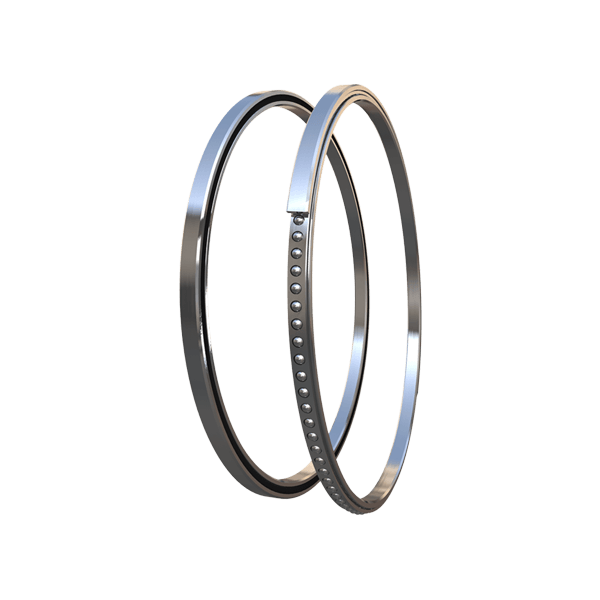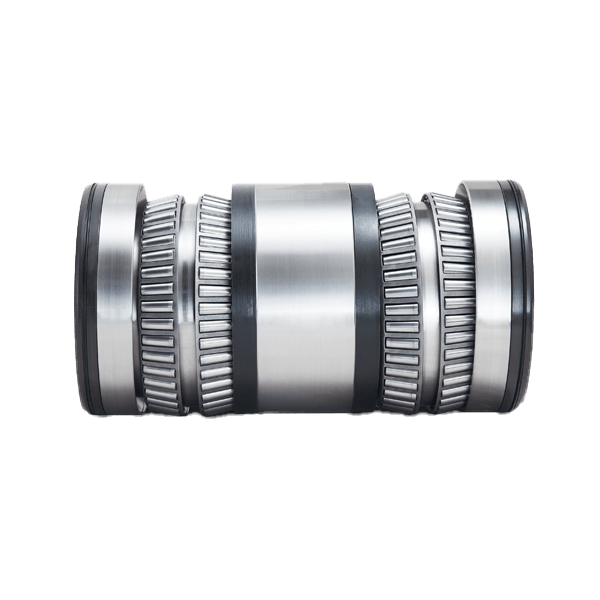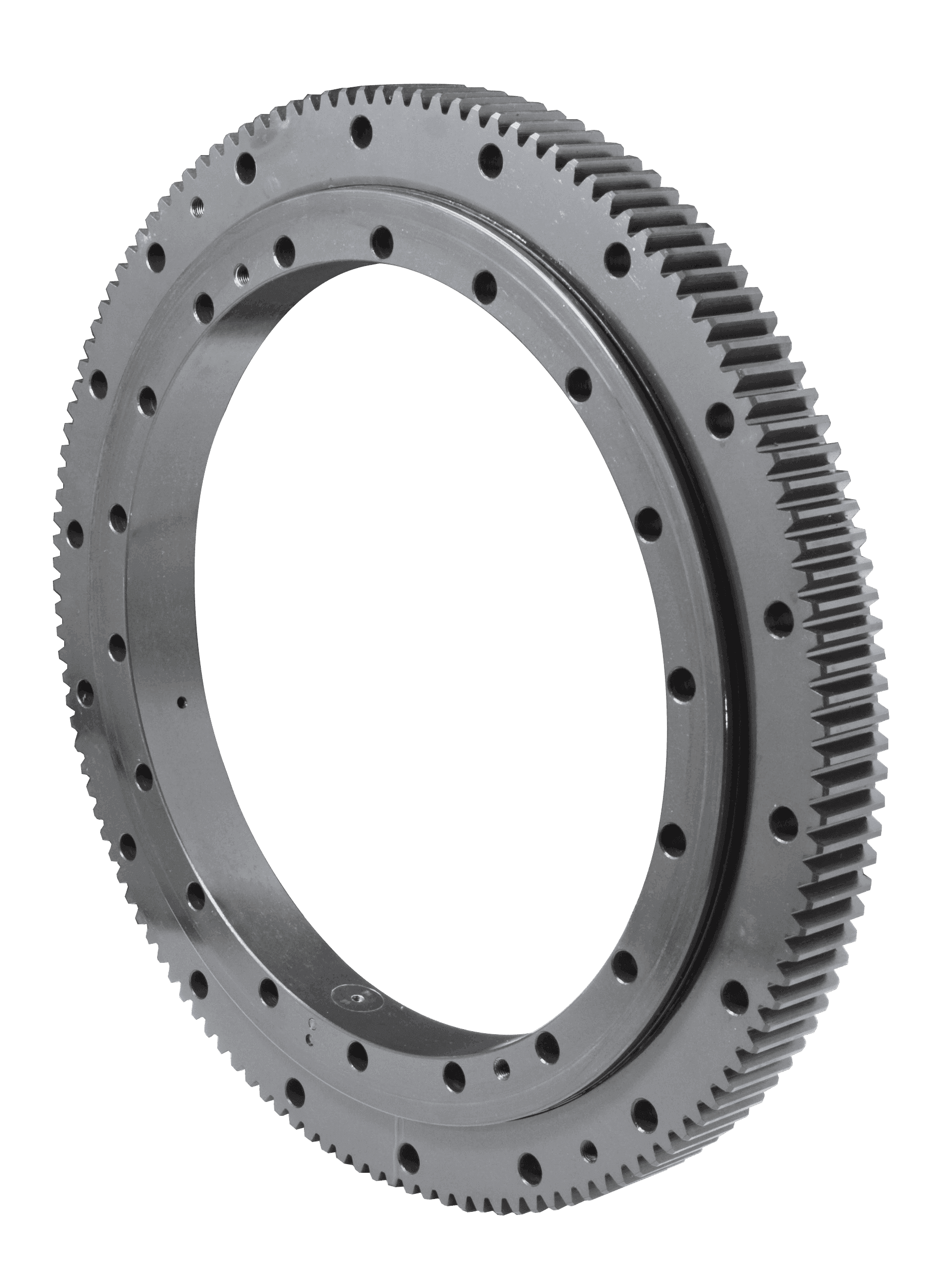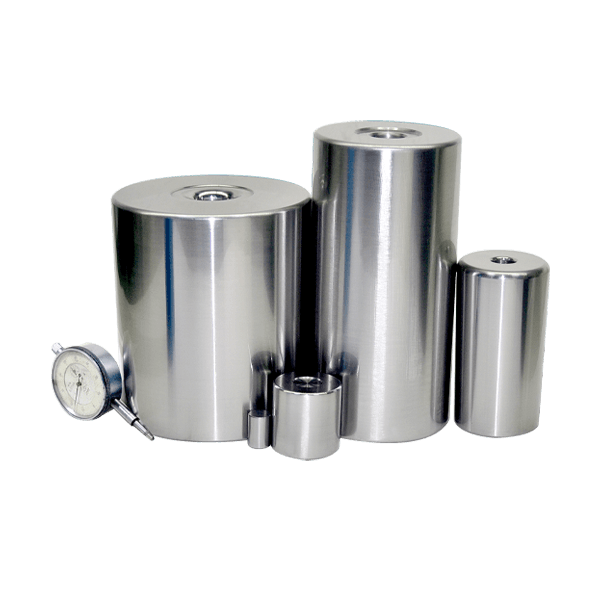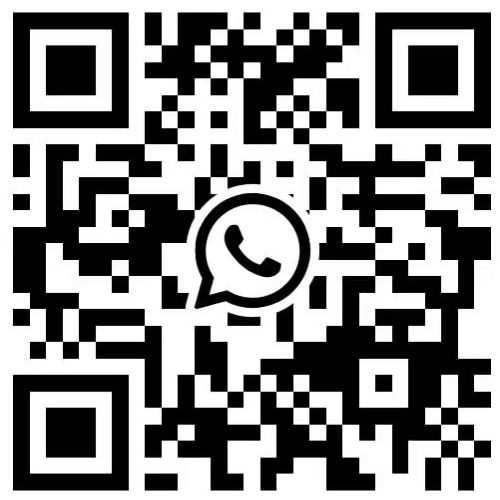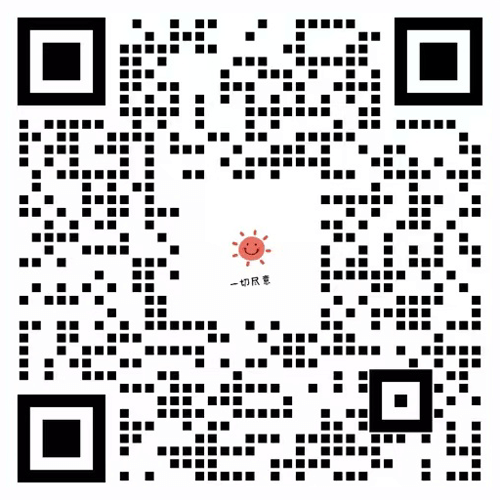Rolling bearings are precision mechanical parts. Whether they are installed correctly or not directly affects the accuracy, lifeand performance of the bearings. Therefore, the installation and removal of bearings must be carried out in the correct way and with appropriate tools.
The installation and removal of rolling bearings are divided into the installation and removal of cylindrical bores and the installation and removal of tapered bores. The installation and removal methods of cylindrical bore bearings mainly include the pressing method and the heating or cooling method.
Inspection before installation
1. Inspection of shafts
a. Rotation accuracy inspection: such as checking the eccentricity, bending and roundness of the journal, the inspection method is to put the shaft on the two tops of the lathe, or place it on a cast iron plate supported by 120° V-shaped iron, and use the micrometer pointer to touch the journal that matches the bearing, and mark the starting position. Then slowly rotate the shaft and observe the swing of the micrometer pointer on the journal. If the shaft rotates one circle, the pointer swings only to one side and then returns to the original position, which means that the shaft is eccentric or bent, and the amount of eccentricity or bending is half of the swing value of the dial indicator pointer; if the shaft rotates one circle, the dial indicator pointer swings twice and returns to the original position, which means that the shaft neck is elliptical, and the difference between the maximum and minimum values of the dial indicator pointer index is the roundness value. When the eccentricity and curvature of the shaft are greater than the specified value, repair measures should be taken.
b. Appearance Inspection: If the surface roughness of the shaft neck is inspected, the burrs and bumps on the roller neck are removed first, and then polished with fine sandpaper.
c. Positioning accuracy detection: Inspect the verticality of the shaft shoulder of the shaft neck and the fillet radius at the root of the shaft shoulder. The verticality of the shaft shoulder is detected with a 90° angle ruler. The fillet at the root of the shaft shoulder can be inspected with a fillet template. Exceeding the verticality will cause the shaft diameter end jump to be unqualified. If the fillet is larger than the chamfer of the inner diameter of the bearing, the end face of the bearing will not be close to the shoulder of the shaft, which may cause vibration and looseness during use, and even cause the inner ring to break; if the fillet is smaller than the chamfer of the inner diameter of the bearing, it will affect the strength of the shaft. Therefore, the fillet radius of the root of the shoulder must be smaller than the fillet radius of the inner ring of the bearing, and should generally be 1/2~2/3 of the fillet radius of the inner ring of the bearing to ensure that the end face of the bearing is close to the shoulder of the shaft.
d. Dimension inspection: It can be inspected with a micrometer or a micrometer gauge. When the journal size is small or the wear size becomes smaller than the specified matching requirements, the journal should be repaired or contact a CHG engineer for consultation.
2. Inspection of the bearing housing
a. Housing aperture size and accuracy inspection: Check the roundness and cylindricity of the inner hole, check with an inner diameter micrometer, or measure the inner hole special micrometer stand.
b. Positioning accuracy inspection: Use a 90-degree angle ruler to check the verticality of the housing inner hole and the stop shoulder.
When the stop shoulder is not perpendicular to the rotation center line, the alternating load capacity will be concentrated on the local rolling element of the bearing, causing uneven force and vibration, which may cause premature failure of the bearing in severe cases.
c. Inspection of the wear amount and coaxiality of the inner hole of the bearing housing. Due to different degrees of wear, the inner hole of the used bearing housing often causes the holes at both ends to be non-concentric. If they are not concentric, the shaft will tilt after installation, causing uneven force, which may easily cause the outer ring of the bearing to break or fail early. Inspection method: Use a cast iron platform, use 2 fulcrums to position the inner hole at one end at 2 times the chamfer, then place the micrometer pointer directly above one fulcrum and fix it at 2 times the chamfer of the inner hole at the other end, and slowly rotate the box for one circle to check the coaxiality.

